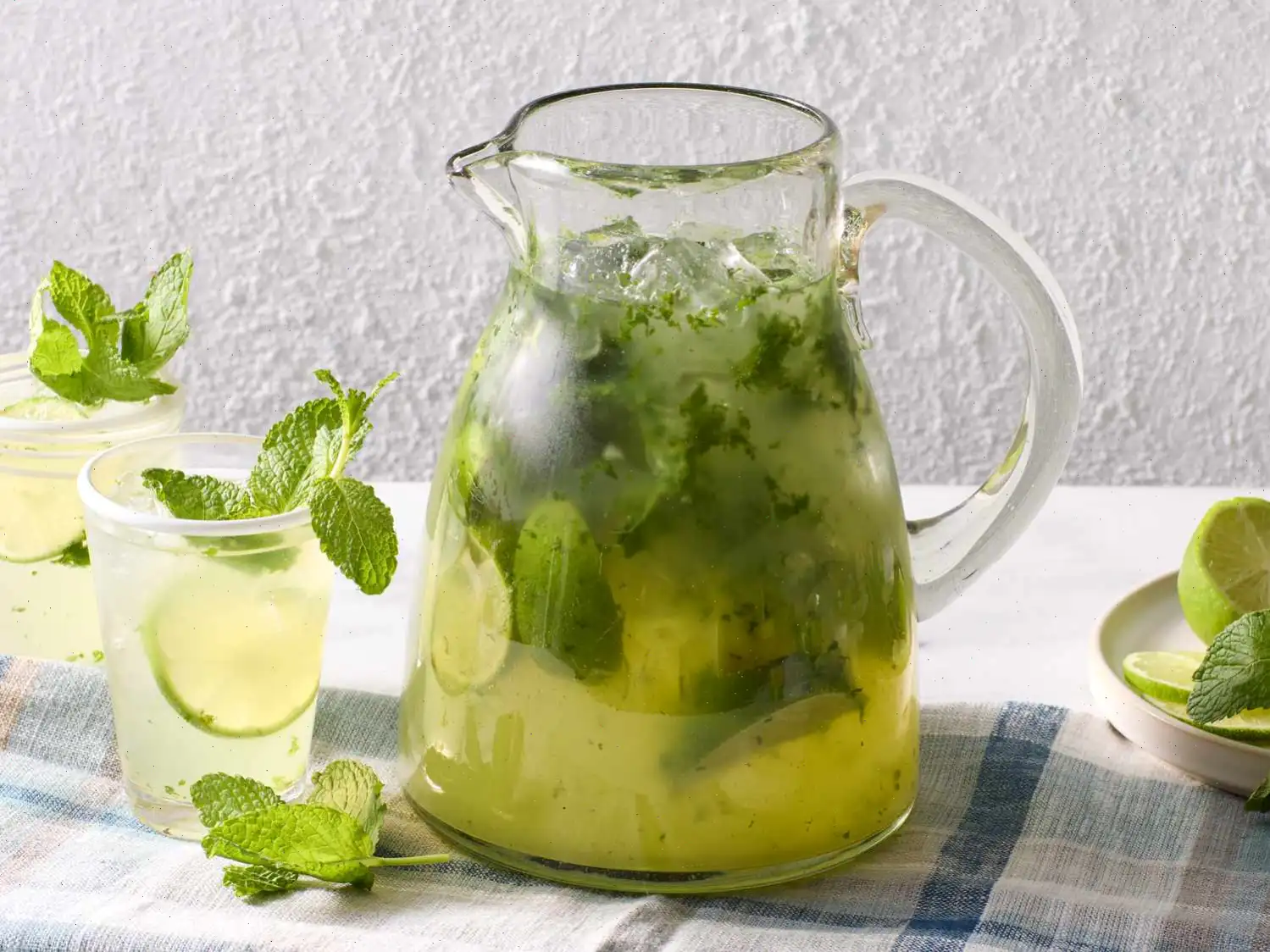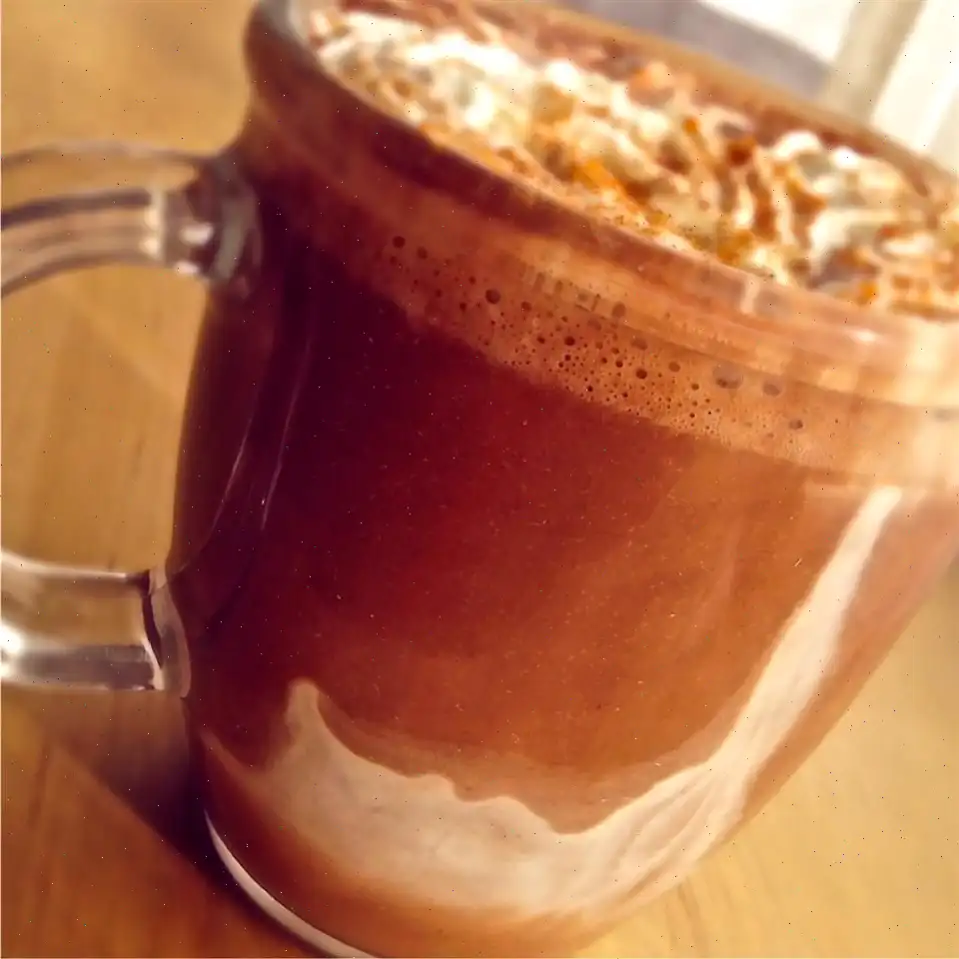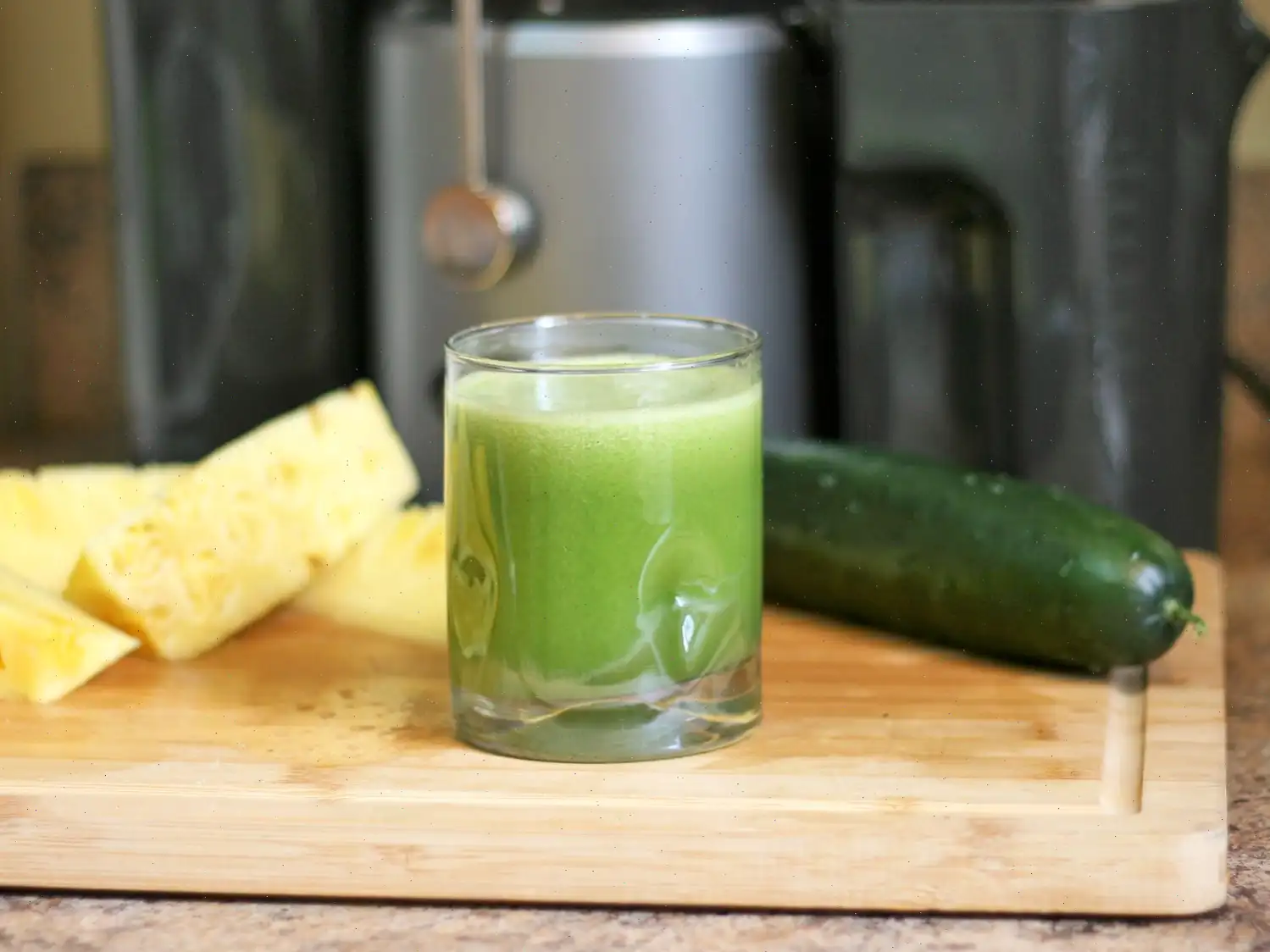
Kielbasa Recipe
Ingredients
This recipe is designed for its original yield, with ingredient amounts automatically adjusted. Please note that cooking times and steps remain the same. The original recipe yields 12 servings.
- 1 pound ground pork
- 1/2 pound lean ground beef
- 2 teaspoons minced garlic
- 1 tablespoon salt
- 1 tablespoon brown sugar
- 1 teaspoon freshly ground black pepper
- 1 teaspoon fresh marjoram
- 1/2 teaspoon ground allspice
- 1/2 teaspoon liquid smoke flavoring
- 12 sausage casings
Directions
- In a large mixing bowl, combine the ground pork, beef, and minced garlic. Stir until evenly mixed.
- In a separate bowl, combine the salt, brown sugar, black pepper, marjoram, allspice, and liquid smoke. Stir until all ingredients are well incorporated.
- Add the dry spice mixture to the meat mixture and knead by hand until fully combined and sticky.
- Carefully stuff the sausage casings with the meat mixture, making sure to pack the mixture tightly and evenly.
- Once the casings are filled, refrigerate the sausages for at least 8 hours, or overnight for best results.
- Before serving, you can either boil or grill the sausages. Ensure an instant-read thermometer inserted into the center reads at least 160F (70C) for proper doneness.
Nutrition Facts (per serving)
| Nutrient | Amount | % Daily Value* |
|---|---|---|
| Calories | 135 | |
| Total Fat | 10g | 12% |
| Saturated Fat | 4g | 18% |
| Cholesterol | 39mg | 13% |
| Sodium | 614mg | 27% |
| Total Carbohydrate | 2g | 1% |
| Dietary Fiber | 0g | 0% |
| Total Sugars | 1g | |
| Protein | 10g | 20% |
| Vitamin C | 1mg | 1% |
| Calcium | 11mg | 1% |
| Iron | 1mg | 4% |
| Potassium | 151mg | 3% |
* Percent Daily Values are based on a 2,000 calorie diet. Your daily values may be higher or lower depending on your calorie needs.
** Nutrient information is not available for all ingredients. Amounts are based on available nutrient data.
If following a medically restrictive diet, please consult your doctor or registered dietitian before preparing this recipe.
Origin Story
Kielbasa, a beloved Polish sausage, has a long and storied history. The word "kielbasa" simply means "sausage" in Polish, but the variety of sausages that bear this name are a vital part of Poland's culinary heritage. Its origins can be traced back over 600 years to the medieval period, where it was first made in Poland's rural regions. Over time, different regions developed their own variations of kielbasa, based on local ingredients and culinary traditions. Traditionally, kielbasa was a way of preserving pork or beef, often smoked or cured, to ensure food could be stored during the harsh winter months. Today, kielbasa is one of Poland's most recognizable exports, enjoyed around the world.
Regional Variations
Although kielbasa is a staple in Polish cuisine, it comes in many different forms depending on the region. In the south, for example, kielbasa is often spiced with garlic and marjoram, while in the north, it may feature a combination of beef and pork, along with stronger seasoning such as black pepper and allspice. Kielbasa can be served fresh, smoked, or dried, with each method adding distinct flavors. Additionally, there are variations like "Kielbasa Krakowska," which is a larger, firmer sausage with a more intense smoky flavor, and "Kielbasa Wiejska," which is coarser and often made with less fat for a leaner profile.
How Kielbasa Differs from Similar Dishes
Kielbasa is often compared to other European sausages, but it has unique characteristics that set it apart. Unlike the thin, delicate French sausages or the spiced Italian varieties, kielbasa is typically thicker and heartier, with a rougher texture. Its seasoning is also less intense, relying on subtle flavors like marjoram and garlic rather than strong, exotic spices. Moreover, kielbasa is commonly smoked, a characteristic that differentiates it from many other sausages in Europe. While German bratwurst or Italian sausages may be grilled or boiled, kielbasa is often first smoked to bring out its signature flavor.
Where Kielbasa is Typically Served
Kielbasa is a versatile dish that can be enjoyed in various ways. It is often served with sauerkraut, potatoes, or bread, making it a popular comfort food in Poland and throughout Eastern Europe. It is commonly eaten at family gatherings, especially during holidays like Christmas and Easter. The sausage is also a favorite at outdoor barbecues and street festivals, where it is often grilled over an open flame and served with mustard or other condiments. In Poland, it may even be served as part of a larger feast alongside other traditional dishes like pierogi or bigos (hunters stew).
Interesting Facts About Kielbasa
1. In Poland, kielbasa is so important that the country has over 200 different types of kielbasa, with each region offering its own special version.
2. Kielbasa is not just a foodit's a cultural symbol. It is often associated with Polish identity and is used as a sign of hospitality. When you visit a Polish home, offering kielbasa is a traditional gesture of warmth and friendship.
3. The art of making kielbasa has been passed down through generations, with families and butchers taking great pride in perfecting their recipes. Its even common to find small, family-owned butcher shops in Poland that have been crafting their own version of kielbasa for centuries.
4. While its most commonly enjoyed in Poland, kielbasa is widely recognized across the world, especially in countries with large Polish communities, such as the United States, Canada, and Germany.
In conclusion, kielbasa is not just a sausage; it is a culinary tradition steeped in history, culture, and pride. Whether youre enjoying it at a family meal, at a summer grill party, or as a late-night snack, kielbasa will always be a flavorful and heartwarming symbol of Polish cuisine.
FAQ about Kielbasa Recipe
Comments
Jerry Miller
06/20/2023 11:30:26 AM
Thank you for sharing this recipe! I made it with ground beef and really enjoyed the flavor. I can't wait to try it in various other dishes as well.
Jack Torres
08/30/2024 04:09:00 AM
If authentic Polish cuisine is what you seek, this place falls short.







